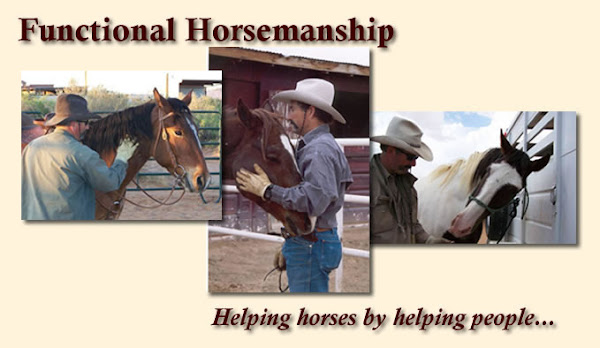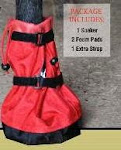EJ wrote to ask about a proper saddling routine,.."Hello, I was wondering if you have a routine or a process on saddling most horses. One of my girlfriend's told me she watched a trainer who said to first secure the breast collar. This is in case the horse takes off running so the saddle won't go under the horse's stomach and I guess trip him up. Then you secure the belly cinch. My Dad taught me to first tighten up the belly cinch, then do the breast collar. What do you recommend?"
I hope EJ is a woman talking about her friends who are girls. If you are a young man with multiple girlfriends, then saddling a horse the wrong way will be the least of your problems. In fact, if you are dating multiple girls, then now might just be a good time for a packing trip to the Yukon.
I know exactly what EJ is writing about where a noted trainer, who I think highly of, demonstrated saddling a young horse and said that he prefers to secure the breast collar first, rather than the front cinch. He was talking about a getting a young horse to accept a saddle, not your trusted trail horse who you have saddled for years. His (the trainer's) reasoning was that if the young horse bolted mid way through saddling, if you only had the front cinch started, it was likely that the saddle would roll under the horse's barrel and spook him further - not to mention tear up a saddle. He said he secures the breast collar first so if the horse bolted or spooked the saddle would rotate to a position hanging under his head/neck and not further spook him or tear up the saddle.
While I respect this trainer's work throughout the years, I do not fasten the breast collar first then the front cinch. First of all I would not begin to saddle a horse until I was sure he had a good chance in accepting it, granted with a little bucking you could except until he figured out he didn't need to buck. Granted, there is a point in securing the front cinch where you are committed and need to get it cinched up snug to prevent the saddle rolling if the horse bolts or bucks. Most of us work a horse's barrel with a rope to get him to accept the feeling and pressure of a cinch underneath himself. Again, just so there is no confusion, I do the front cinch first then the breast collar.
If a saddle was hooked by only the breast collar and it did rotate underneath his head/neck,...something I have never seen,...I would suspect it would trouble a horse, certainly a young horse. A horse's vision blind spot is down there in front of their chest. I would also think that he could step through a hanging rope, or on the stirrup leather and tear it up.
Sometimes, I have saddled a young horse for the first time with just the saddle, absent a pad, if I suspected he might go to bucking even with the ground work I put in. It is easier to get that saddle snug that way. As far as using a breast collar on a young horse for the first time you saddle him - well, that's a judgment call. As I think back, I can't specifically remember when I have not used a breast collar on a horse I am saddling for the first time. All my saddles have a breast collar rigged.
All your ground work is going to not only get him good about being touched everywhere, but you'll get a feeling about where his trouble spots may be. It would be your job to get him good where those trouble spots would be.















